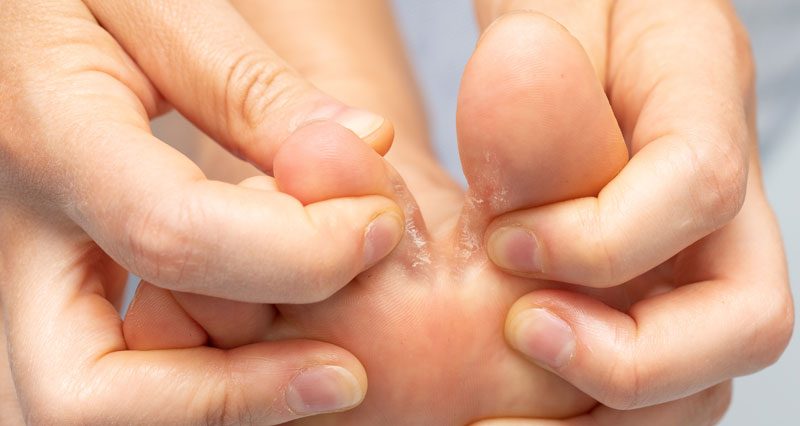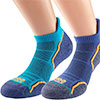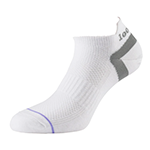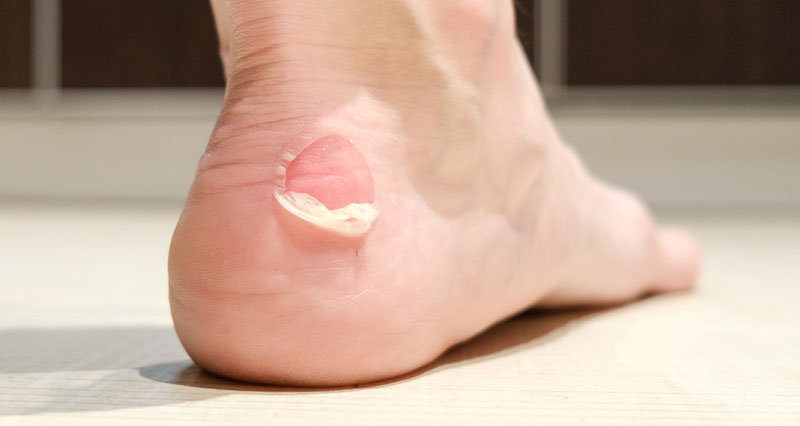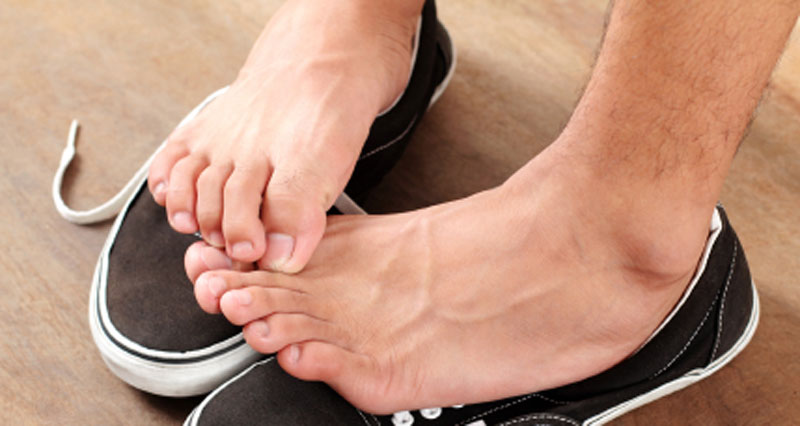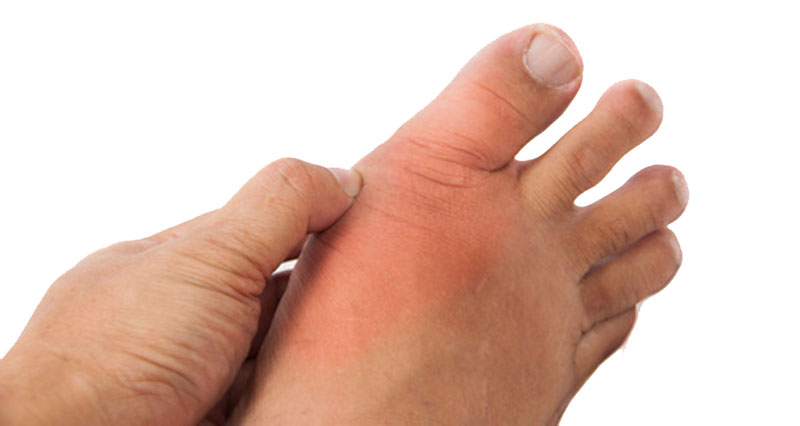Athlete’s foot, also known as Tinea Pedis is a skin infection that is commonly thought to occur amongst athletes and those who wear trainers and other non-breathable footwear. It is caused by a fungus that grows in warm, moist environments, just like a sweaty trainer!
Athlete’s foot symptoms
- Symptoms include varying degrees of itching or burning on the skin of the foot. Signs of an athlete’s foot often include peeling or flaking skin.
- Mild athlete’s foot may appear as just dry skin.
- More severe cases may present with blisters or thick patches of dry red skin.
- In extreme cases, the skin may crack and result in bleeding which can be very painful.
What causes an athlete’s foot?
Athlete’s foot is caused by a fungus called Trichophyton which thrives in warm, moist environments. It most commonly affects the toes and the spaces in between them, however, it can also affect the soles of the feet.
The condition is contagious, meaning it is caught by someone else, however, the foot has to provide the right conditions for the fungus to thrive. It may be passed through direct contact and also by using the same towels, socks, or changing room floors.
It can appear in anyone, although it is more common in teenagers and men. Some people also seem to be more prone to developing the condition than others, although it is not known why. The prevalence in athletes may be due to wearing enclosed footwear, such as running shoes or trainers, which become very hot and sweaty during exercise but is probably also linked to using communal changing areas in pools and health clubs.
Treatment
An effective athlete’s foot cure should be two-fold. Firstly, the area should be made less suitable for the fungus to grow.
- This means keeping the area clean and dry.
- Try to wear breathable shoes (leather and natural materials are better than synthetic ones).
- Absorbent cotton socks are also recommended.
The second stage involves directly treating the infection.
- This can be done with anti-fungal creams, powders, washes or sprays.
- Many of these products are available from your local pharmacist and should be used on a daily basis until you have been symptom-free for at least a week.
- More resistant or severe cases may require a course of oral anti-fungal medication.
- These are only available on prescription from your Doctor.
Preventing Athlete’s foot
Prevention is always better than a cure! Tinea pedis does have a tendency to return and so it is important to continue to look after your feet by following these simple steps:
- Wear leather shoes, or even open shoes when possible. This allows the feet to breathe and air to get to the foot helping them stay moisture free and dry.
- Wash your feet regularly and make sure you dry them thoroughly.
- Use foot powders such as talcum powder, or even better an anti-fungus athlete’s foot powder to make sure your feet are completely dry after washing.
- Wear flip-flops or sandals when using communal changing areas. This prevents the foot from coming into direct contact with potentially infected floors.
- Wear cotton socks and change them regularly.
